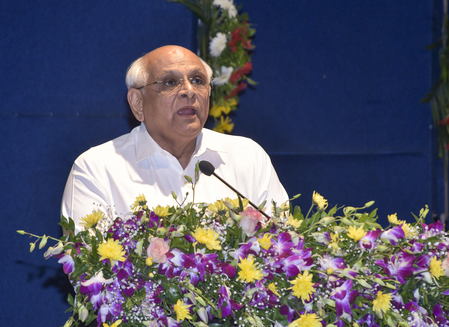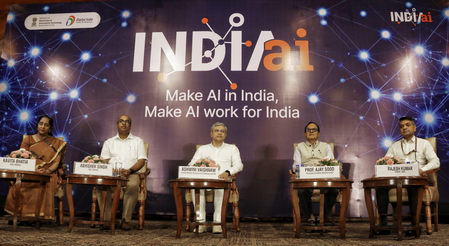
New Delhi, Sep 25 (IANS) The imperative to diversify supply chains amidst geopolitical volatility has propelled Southeast Asia and India to the forefront of the semiconductor industry.
The overreliance on Taiwan and China, exposed by disruptions and sanctions, has motivated multinationals to anchor in Malaysia, Vietnam, and India, which now offer cost efficiencies, competitive policy incentives, and an increasingly skilled workforce, according to an article.
Revenue projections for Asia’s semiconductor market in 2025 have been pegged at $466.52 billion, constituting the largest regional share globally. Established manufacturing hubs – Taiwan, South Korea, and mainland China – continue to lead, but Southeast Asia, India, and Japan are swiftly closing the gap through purposeful policy shifts, foreign investments, and accelerating technology adoption, according to an article in One World Outlook by Jennifer Xiao.
It also highlights that India’s semiconductor ambitions have transitioned from aspiration to action. With commercial chip manufacturing slated to begin by late 2025, buoyed by $18 billion in investments across 10 projects, India is strategically leveraging government incentives, such as the Production Linked Incentive (PLI) scheme and newly approved Electronics Component Manufacturing Scheme, to foster manufacturing self-sufficiency and global integration. These efforts have translated into a market growth forecast from $38 billion in 2023 to up to $50 billion by 2025, with an audacious target of $100–110 billion by 2030—if execution sustains pace,
Southeast Asia, on the other hand, is gaining recognition for its pivotal role in back-end operations – assembly, testing, and packaging (ATP) – vital processes that underpin the industry. Malaysia’s state of Penang has emerged as an AI chip assembly hotspot, clocking record investments and spurring government support for local GPU development. Vietnam and Thailand similarly bolster the region’s capacity and export orientation, making Southeast Asia a pillar of global chip supply resilience.
The article states that Asia is in a position to become a global hub in semiconductor production amid the surging demand for chips across industries such as electric vehicles, electronics and telecom sectors.
Asia’s strengths extend beyond scale. The region houses dense, mature ecosystems—an interface of leading-edge fabs, supplier networks, research institutes, and global customers clustered for efficiency and innovation. Ongoing investments from industry leaders like TSMC, Samsung, Intel, and Infineon bolster both front-end advanced node manufacturing and back-end specialisation. Meanwhile, tailored government incentives, R&D support, and preferential tax regimes catalyse competitiveness and continued upskilling of talent, the article observes.
However, at the same time, it also highlights some challenges that could come in the way. These include skilled talent shortages, rising wage pressures, infrastructure gaps, and exposure to trade restrictions or tariff wars (as highlighted by Malaysia) may test the trajectory. Overcoming these bottlenecks demands disciplined investment in education, R&D, and supply chain security — Asia’s success will depend as much on execution as on grand announcements.
–IANS
sps/vd




